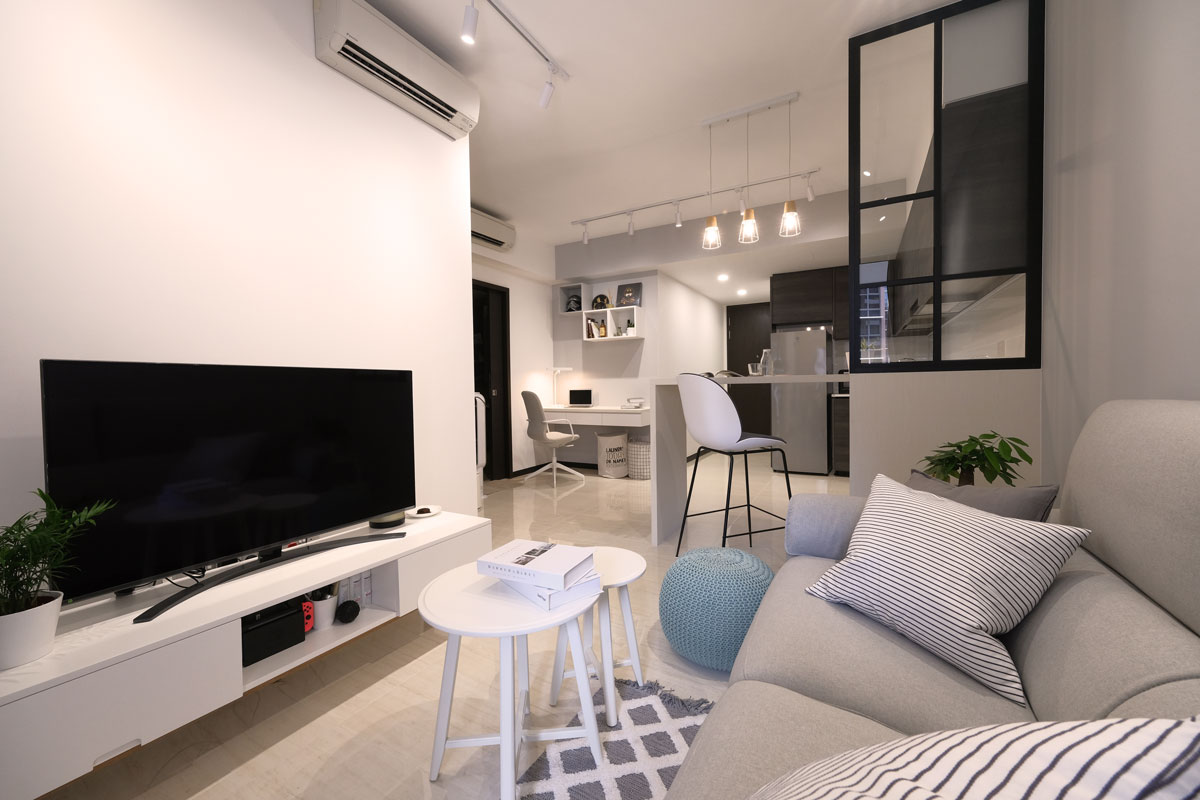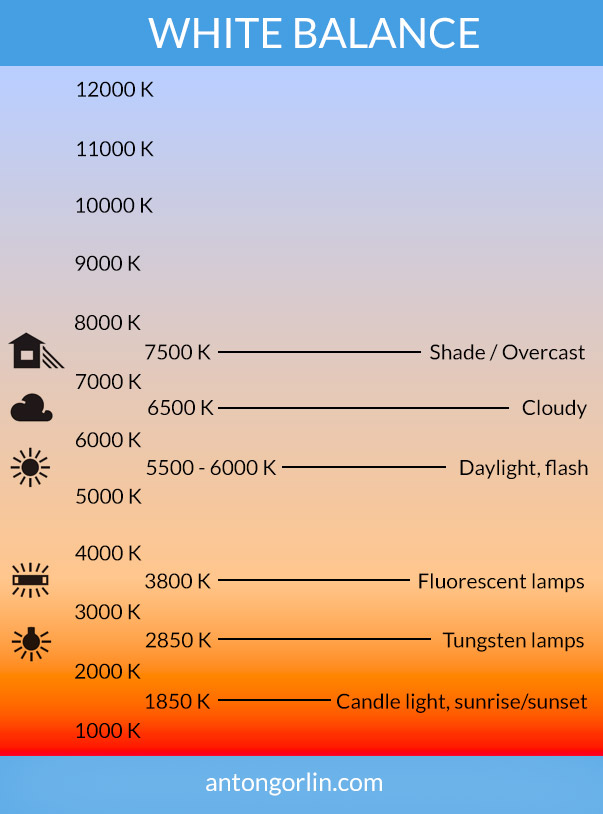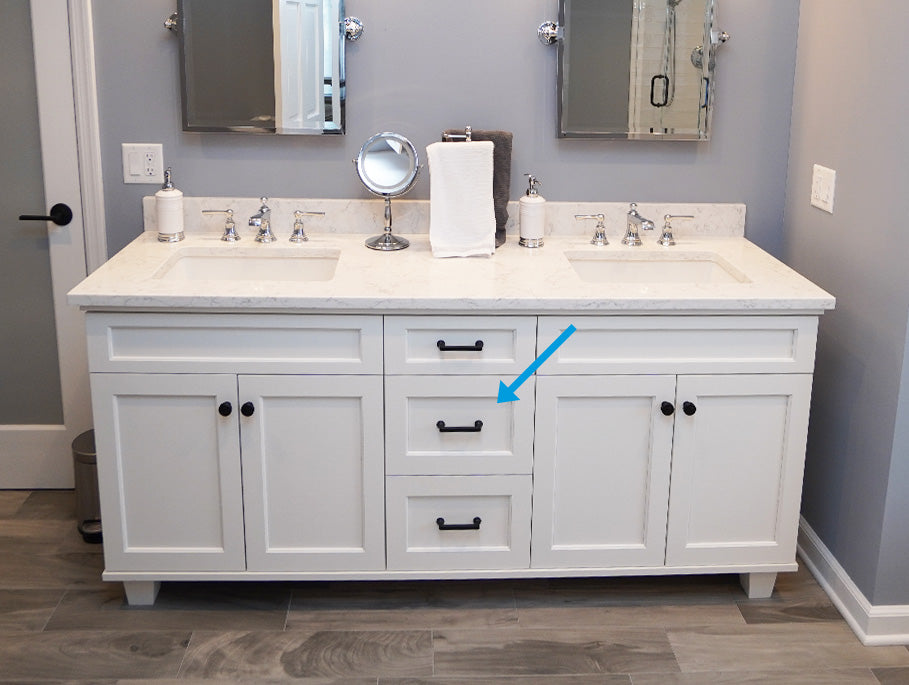When it comes to designing the perfect living room, one of the most important elements to consider is lighting. And within the lighting category, there are two popular options to choose from: warm white and cool white. But which one is better for your space? Let's explore the differences between warm white and cool white lighting and help you decide which one is the best fit for your living room. Warm White Vs Cool White Living Room: Which is Better for Your Space?
The main difference between warm white and cool white lighting is the color temperature. Warm white lighting has a color temperature of around 2700K-3000K, giving off a yellowish or amber hue. On the other hand, cool white lighting has a color temperature of around 3500K-4100K, giving off a bluish or white hue. This difference in color temperature can greatly impact the overall look and feel of your living room. The Difference Between Warm White and Cool White Lighting
If you're planning on painting your living room, it's important to consider the type of lighting you will be using. Warm white lighting pairs well with warmer tones such as beige, cream, and light brown. On the other hand, cool white lighting complements cooler tones such as gray, blue, and green. Consider the color scheme of your living room and choose a white paint that will complement your lighting choice. Choosing the Right White Paint for Your Living Room
Both warm white and cool white lighting have their own set of pros and cons. Warm white lighting is often considered more inviting and cozy, making it a popular choice for living rooms. It can also make a space feel more intimate and can enhance warm tones in your decor. However, warm white lighting may not be the best choice for tasks that require precise lighting, such as reading or cooking, as it can create a yellowish glare. On the other hand, cool white lighting provides a brighter and crisper light, making it great for tasks and activities. However, it may not create the same cozy and inviting atmosphere as warm white lighting. Warm White Vs Cool White: Pros and Cons
The key to creating the perfect lighting in your living room is to find the right balance between warm white and cool white. You can achieve this by incorporating both types of lighting in different areas of your living room. For example, you can use warm white lighting for your main overhead light and cool white lighting for task lighting, such as a desk lamp or reading nook. This will not only provide the right amount of light for different activities but also create a dynamic and visually appealing space. How to Use Warm White and Cool White Lighting in Your Living Room
As mentioned earlier, warm white lighting is often associated with creating a cozy and inviting atmosphere in a living room. This is because warm tones are typically associated with feelings of warmth and comfort. However, this doesn't mean that cool white lighting can't also create a cozy atmosphere. It all depends on how you use it. For example, cool white lighting can enhance the crispness and brightness of a space, making it feel more inviting and lively. Warm White Vs Cool White: Which Creates a Cozier Atmosphere?
Believe it or not, the type of lighting you choose for your living room can have a psychological impact on your mood and emotions. Warm white lighting is often associated with feelings of relaxation, comfort, and intimacy. This is why it's a popular choice for bedrooms and living rooms. On the other hand, cool white lighting is associated with productivity, alertness, and focus. This is why it's often used in workspaces and kitchens. Consider the function of your living room and choose the type of lighting that will best suit your needs. The Psychology of Warm White Vs Cool White in Your Living Room
If you're still torn between warm white and cool white lighting, why not incorporate both in your living room design? You can achieve this by layering different types of lighting, such as using warm white lighting for your main overhead light and cool white lighting for accent lights and task lighting. You can also play with different textures and materials to create a balance between warm and cool tones. For example, you can pair a warm white couch with cool white throw pillows or vice versa. Tips for Incorporating Warm White and Cool White in Your Living Room Design
When it comes to energy efficiency, cool white lighting is the clear winner. This is because it produces a brighter light using less energy compared to warm white lighting. However, this doesn't mean that warm white lighting is not energy efficient at all. You can still choose energy-efficient warm white bulbs to help save on your electricity bill. Warm White Vs Cool White: Which is More Energy Efficient?
Ultimately, the decision between warm white and cool white lighting comes down to personal preference and the function of your living room. If you want a cozy and intimate space, warm white lighting may be the best choice for you. If you need a bright and vibrant space for productivity and tasks, cool white lighting may be the way to go. However, don't be afraid to mix and match and find the perfect balance between warm and cool tones in your living room. Finding the Perfect Balance of Warm White and Cool White in Your Living Room
The Impact of Lighting on Your Living Room

Creating the Perfect Atmosphere
 When designing your living room, one of the most important factors to consider is the lighting. Not only does it serve the practical purpose of illuminating the space, but it also plays a significant role in setting the mood and creating the overall atmosphere of the room. There are various options when it comes to choosing the right lighting for your living room, but two of the most popular choices are warm white and cool white. Each has its own unique qualities and can greatly impact the look and feel of your space.
Warm white
lighting emits a soft, yellowish glow that creates a cozy and inviting atmosphere. This type of lighting is often associated with a more traditional and rustic feel, making it a popular choice for living rooms with a classic or vintage design. The warm tones in the light can also bring out the warm colors in your decor, creating a harmonious and inviting space.
On the other hand,
cool white
lighting emits a brighter, bluish light that gives off a more modern and contemporary vibe. This type of lighting is often seen in minimalist and industrial-style living rooms, as it provides a clean and crisp look. Cool white lighting is also known to enhance cooler colors in your decor, such as blues and greens, making it a great choice for rooms with a cooler color palette.
When deciding between warm white and cool white lighting for your living room, it's essential to consider the overall design and atmosphere you want to create.
Warm white
lighting is perfect for creating a cozy and intimate space, while
cool white
lighting can give your living room a more modern and sleek feel. It's also worth noting that you don't have to stick to just one type of lighting. Combining warm white and cool white lighting can create a dynamic and well-balanced atmosphere in your living room.
In conclusion, the lighting in your living room can greatly impact the overall design and atmosphere of the space.
Warm white
and
cool white
lighting both have their own unique qualities and can create drastically different vibes in your living room. It's essential to consider the design of your room and the atmosphere you want to create when choosing between these two options. Remember, you can always mix and match to find the perfect balance for your living room.
When designing your living room, one of the most important factors to consider is the lighting. Not only does it serve the practical purpose of illuminating the space, but it also plays a significant role in setting the mood and creating the overall atmosphere of the room. There are various options when it comes to choosing the right lighting for your living room, but two of the most popular choices are warm white and cool white. Each has its own unique qualities and can greatly impact the look and feel of your space.
Warm white
lighting emits a soft, yellowish glow that creates a cozy and inviting atmosphere. This type of lighting is often associated with a more traditional and rustic feel, making it a popular choice for living rooms with a classic or vintage design. The warm tones in the light can also bring out the warm colors in your decor, creating a harmonious and inviting space.
On the other hand,
cool white
lighting emits a brighter, bluish light that gives off a more modern and contemporary vibe. This type of lighting is often seen in minimalist and industrial-style living rooms, as it provides a clean and crisp look. Cool white lighting is also known to enhance cooler colors in your decor, such as blues and greens, making it a great choice for rooms with a cooler color palette.
When deciding between warm white and cool white lighting for your living room, it's essential to consider the overall design and atmosphere you want to create.
Warm white
lighting is perfect for creating a cozy and intimate space, while
cool white
lighting can give your living room a more modern and sleek feel. It's also worth noting that you don't have to stick to just one type of lighting. Combining warm white and cool white lighting can create a dynamic and well-balanced atmosphere in your living room.
In conclusion, the lighting in your living room can greatly impact the overall design and atmosphere of the space.
Warm white
and
cool white
lighting both have their own unique qualities and can create drastically different vibes in your living room. It's essential to consider the design of your room and the atmosphere you want to create when choosing between these two options. Remember, you can always mix and match to find the perfect balance for your living room.



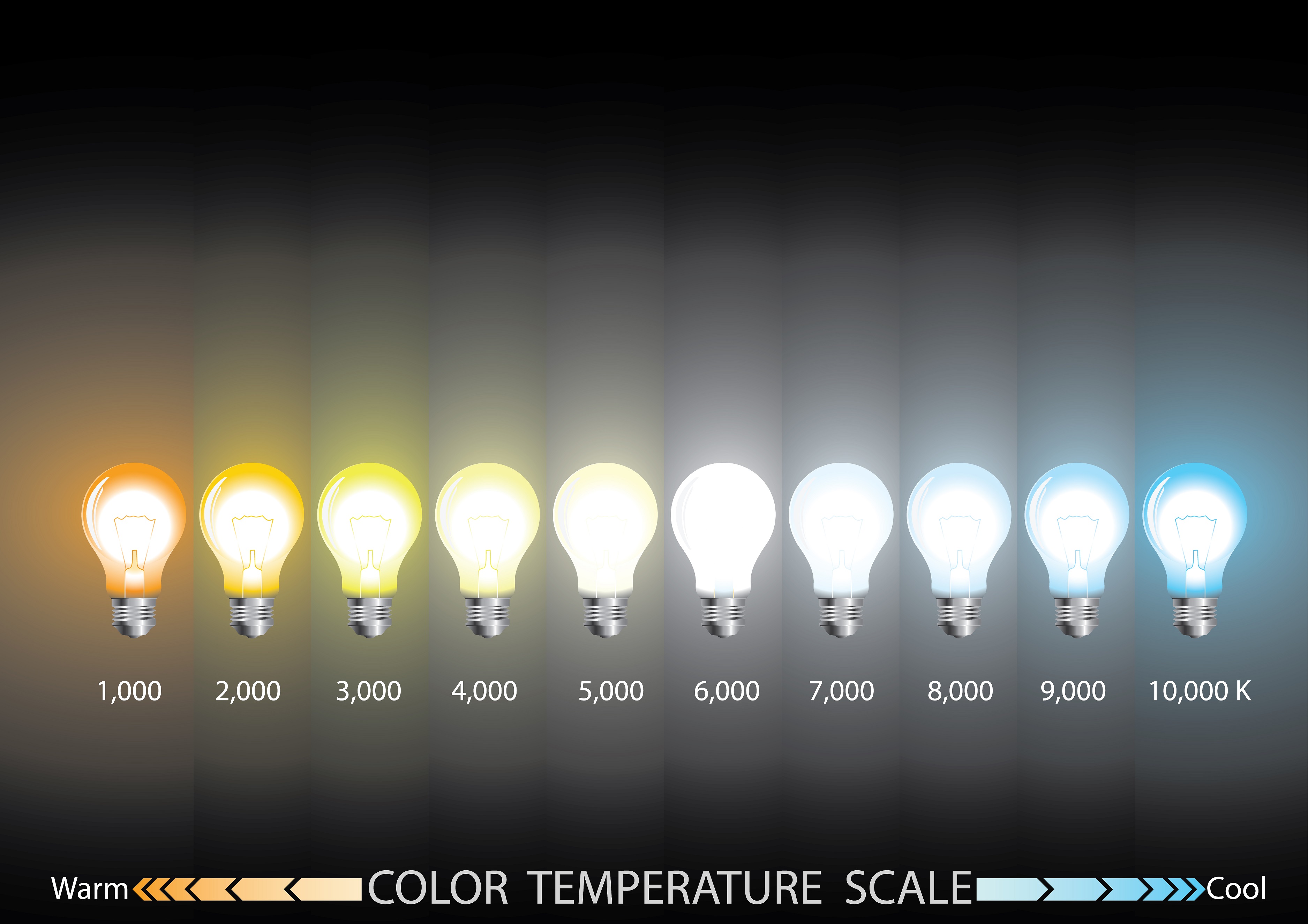

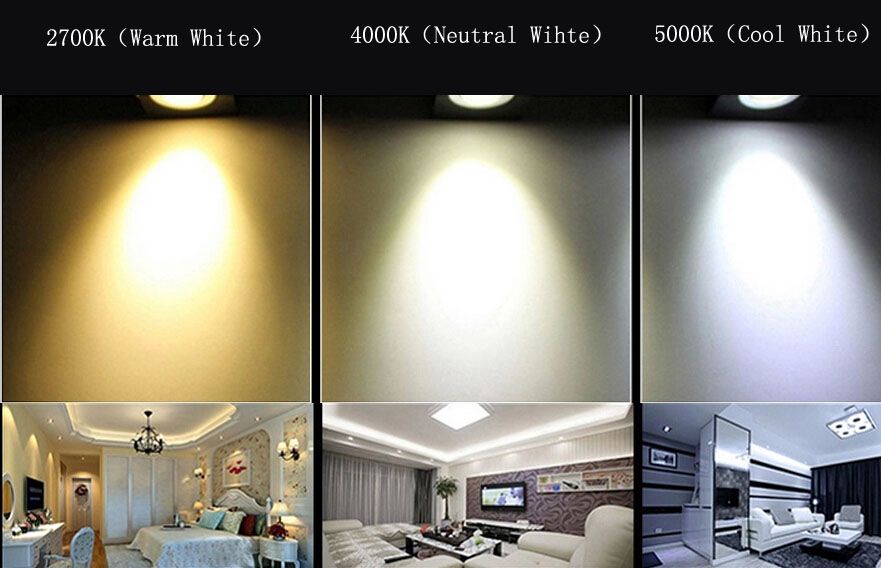

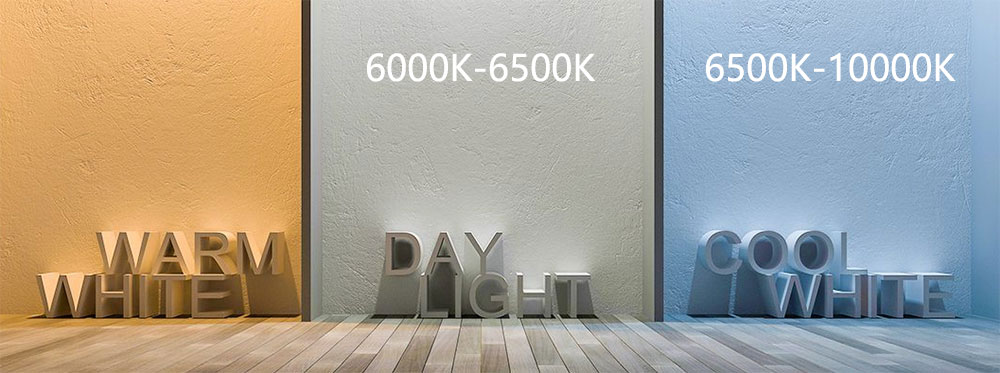


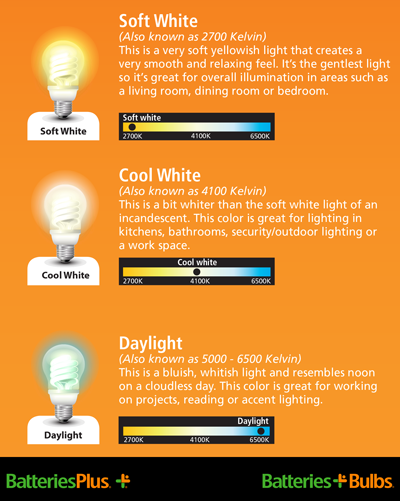


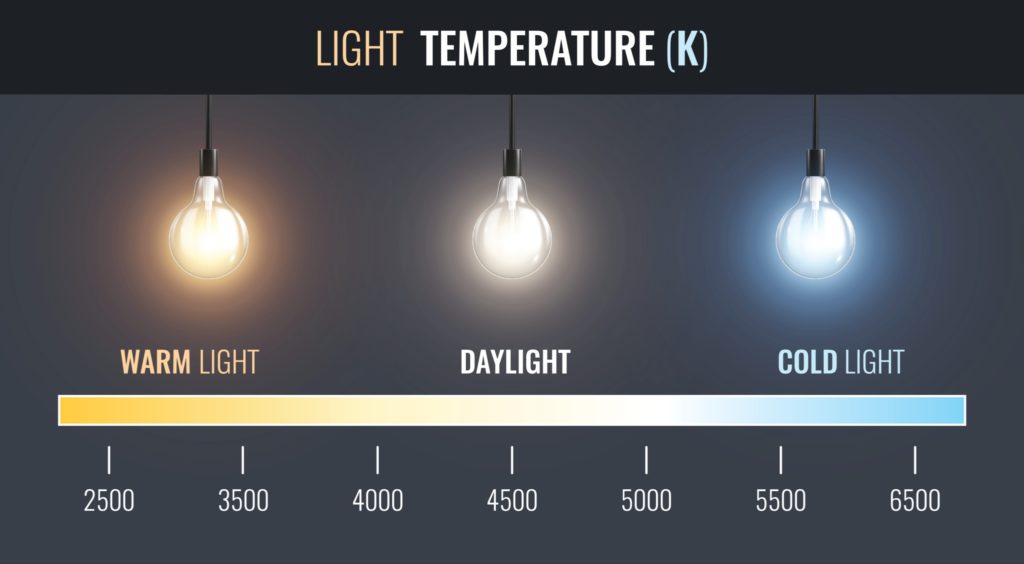
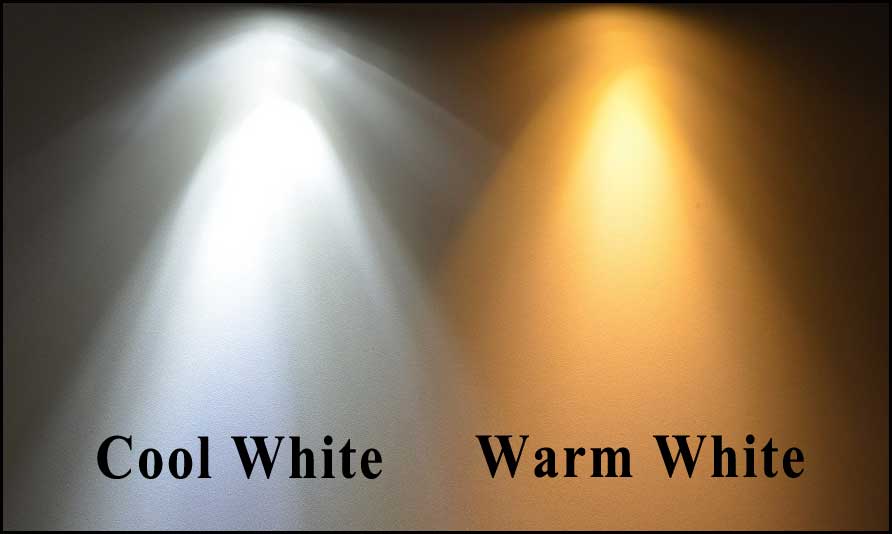

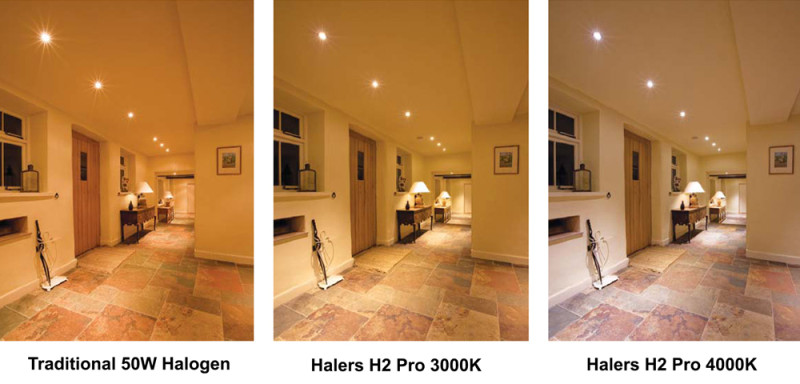

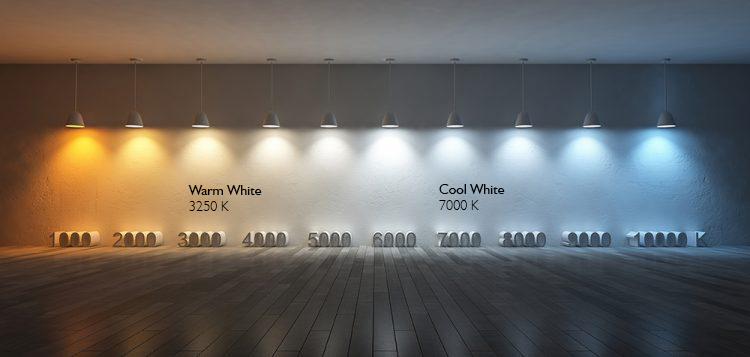




:extract_focal()/https://pocket-syndicated-images.s3.amazonaws.com/articles/5304/1596722483_at_housetours_2019-06_VivY-RhiannonSouthwell_AT_rhiannon_vivyapp-12.jpg)





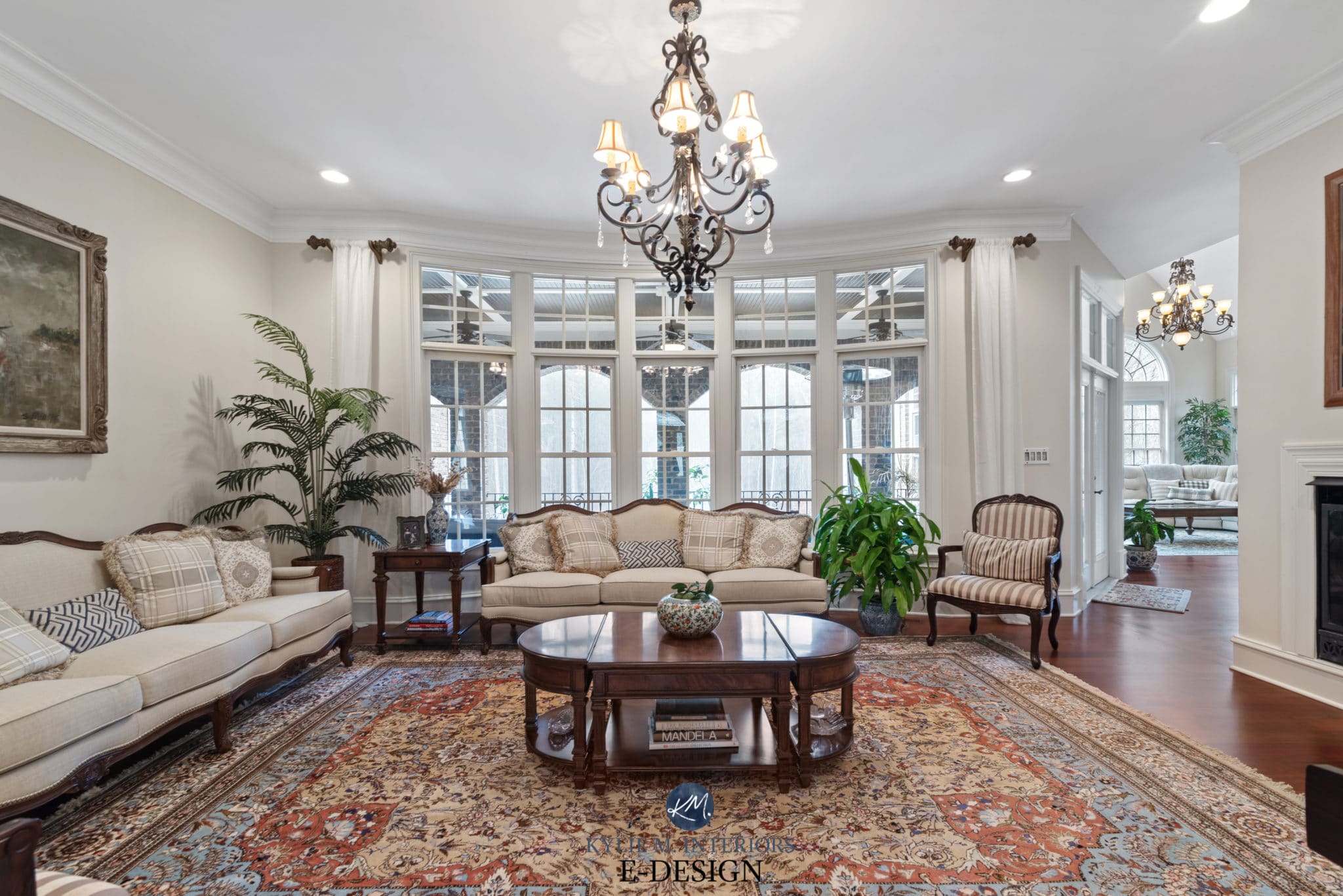

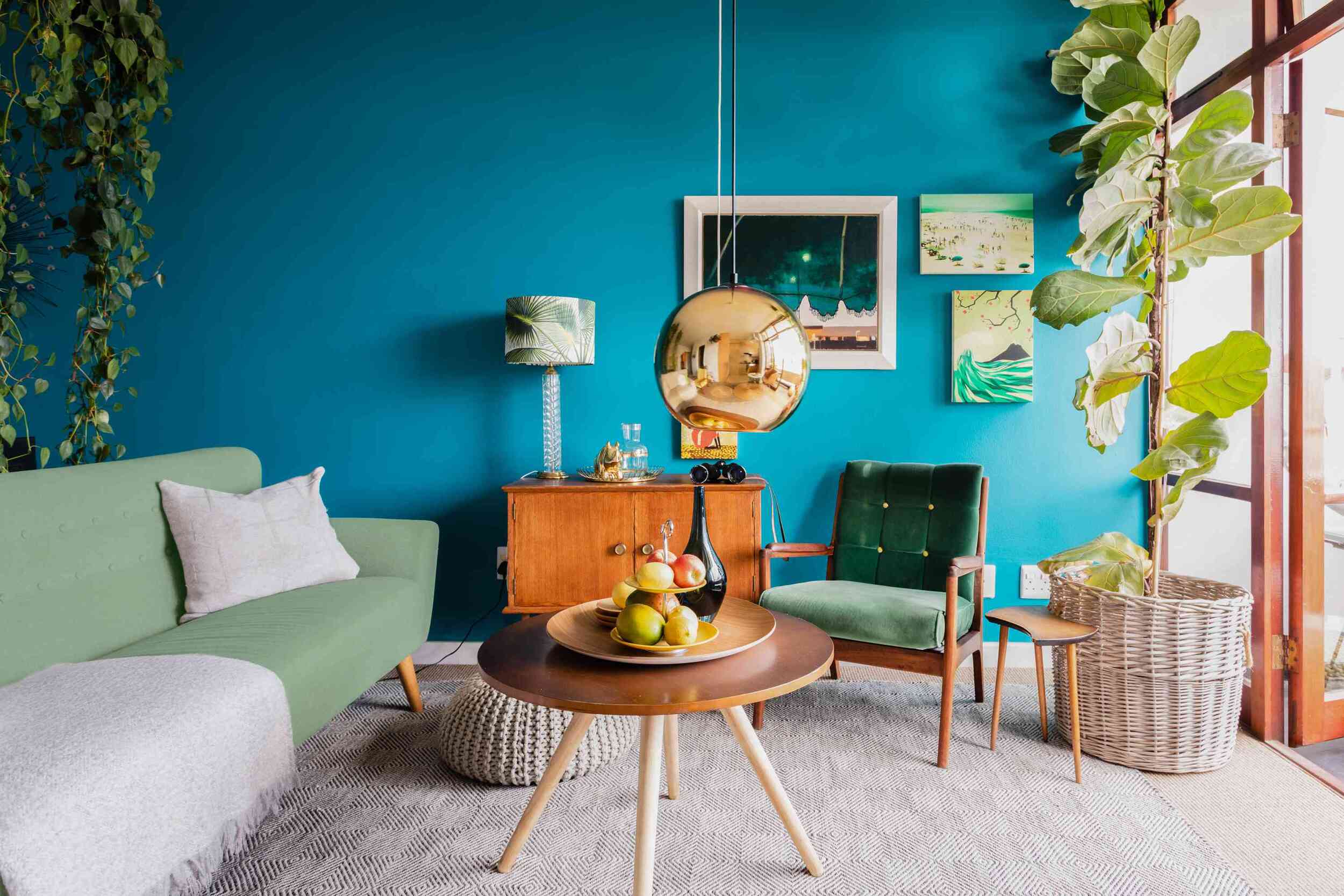


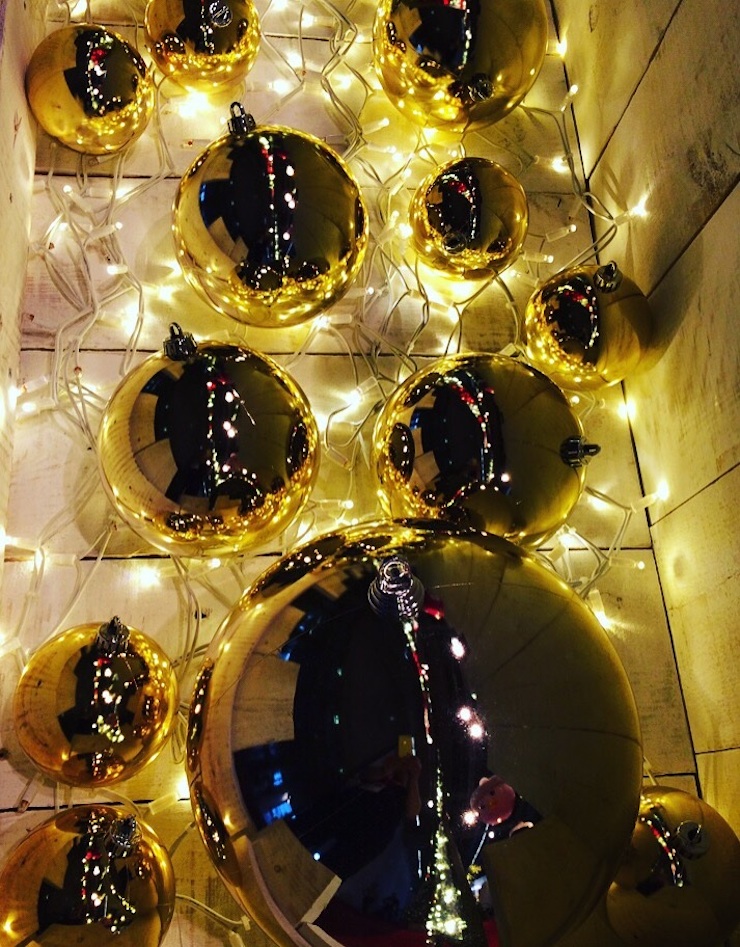





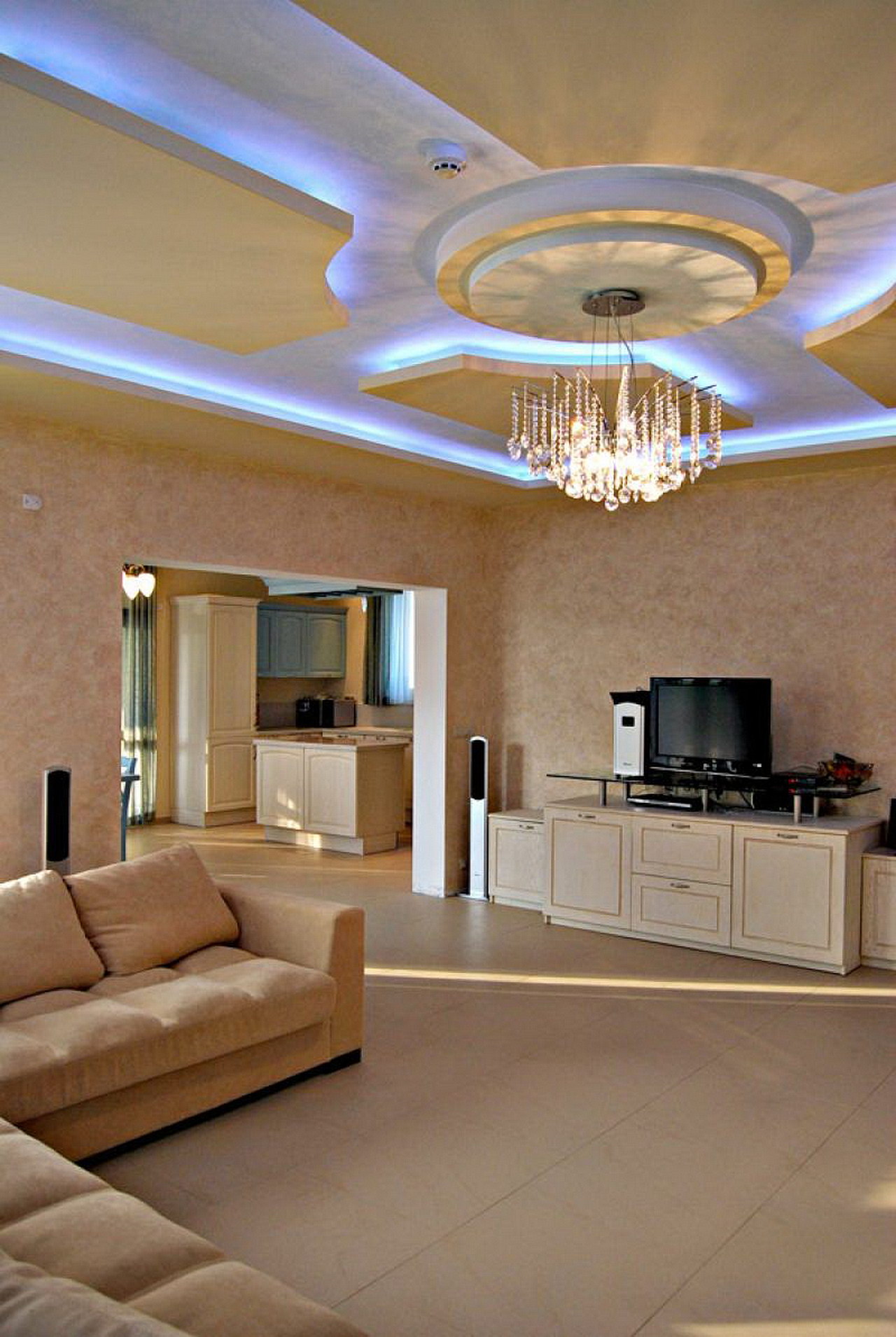


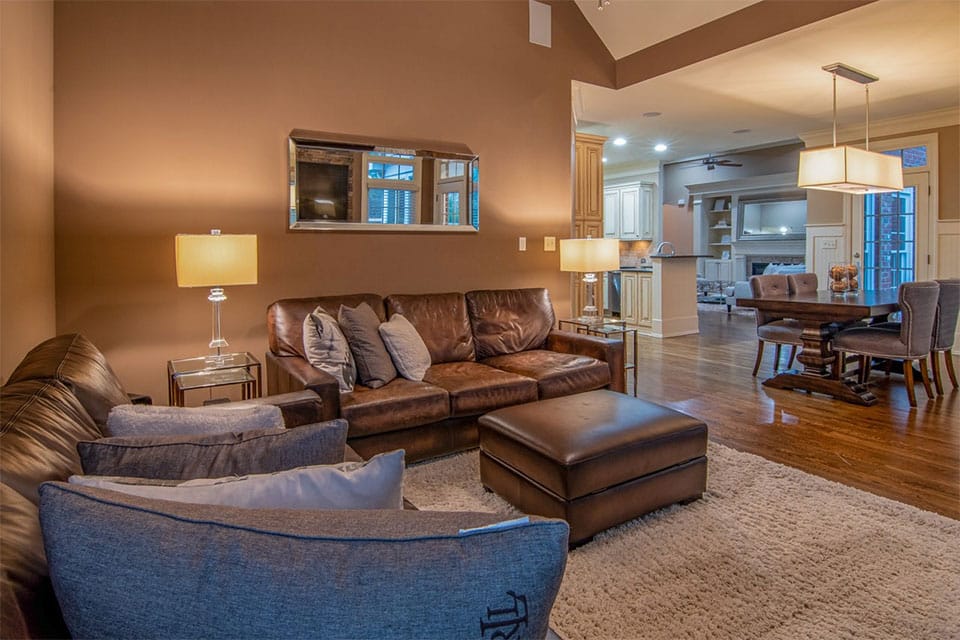
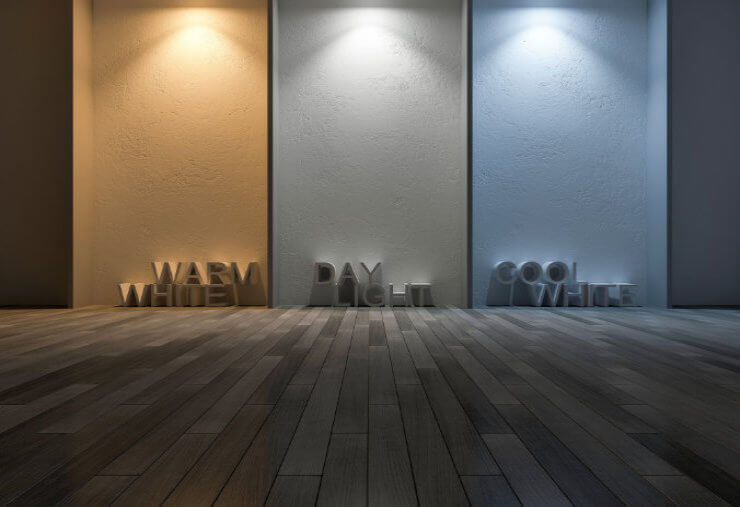

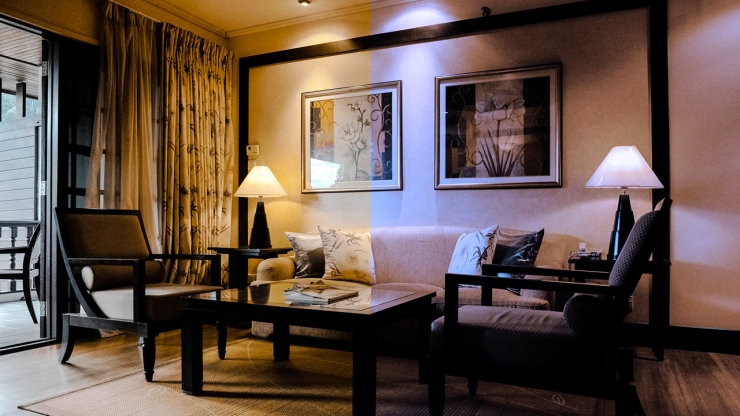



:max_bytes(150000):strip_icc()/warm-white-vs-soft-white-7567097-Illo2-v1-a528a5f62e3640eea5470b19d895b61c.png)


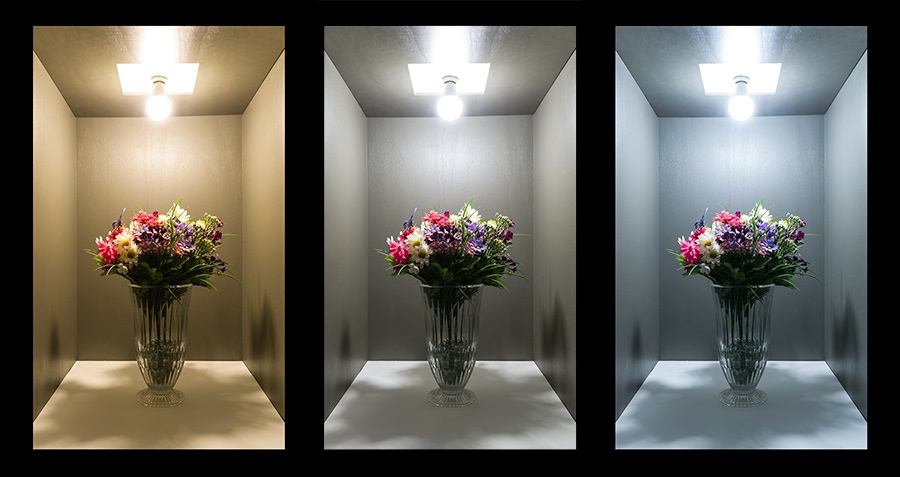
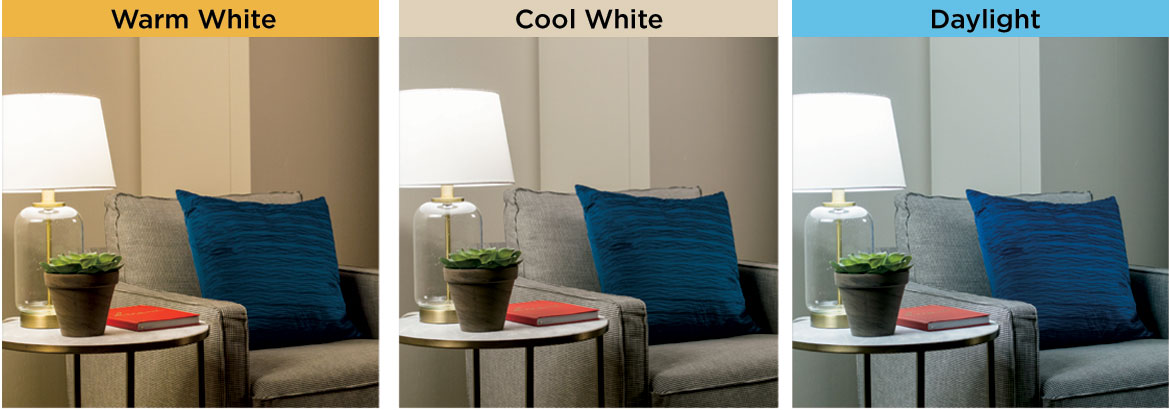

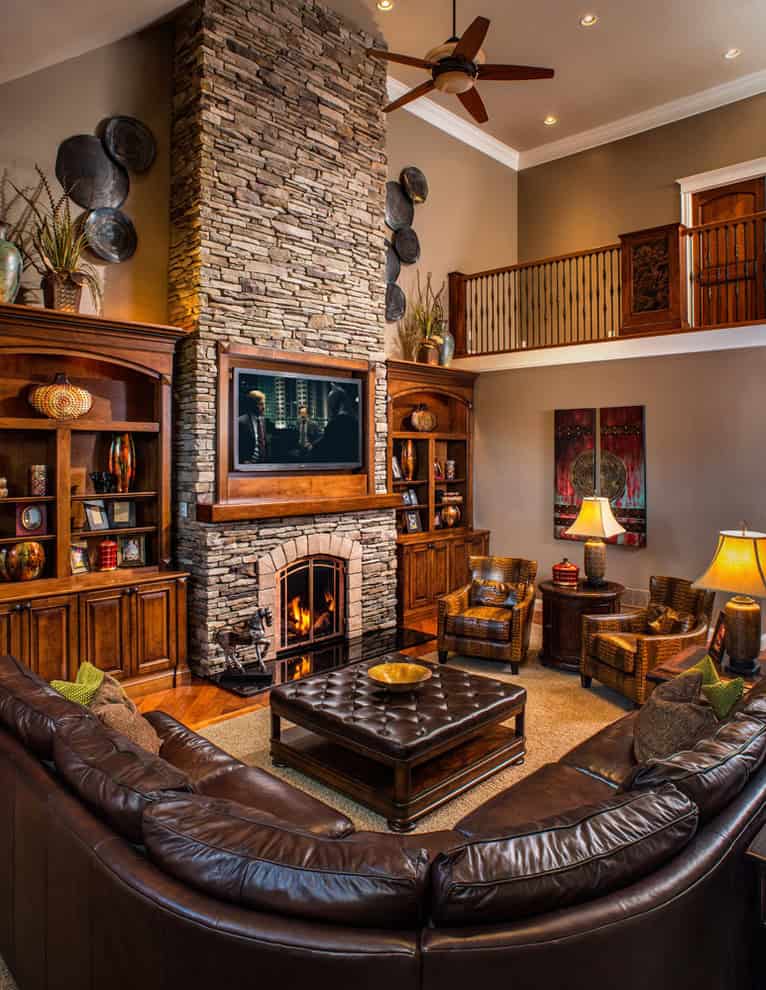

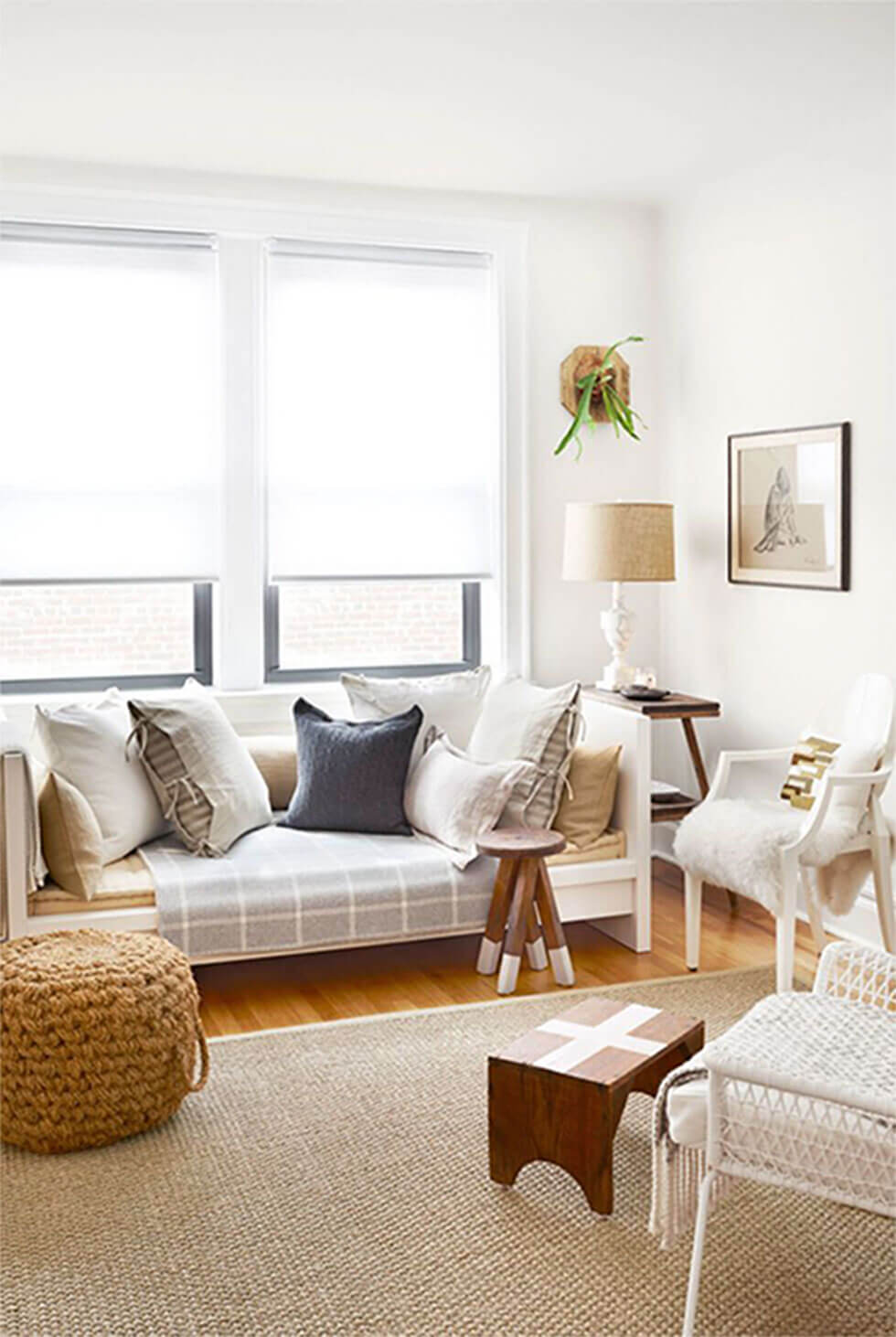
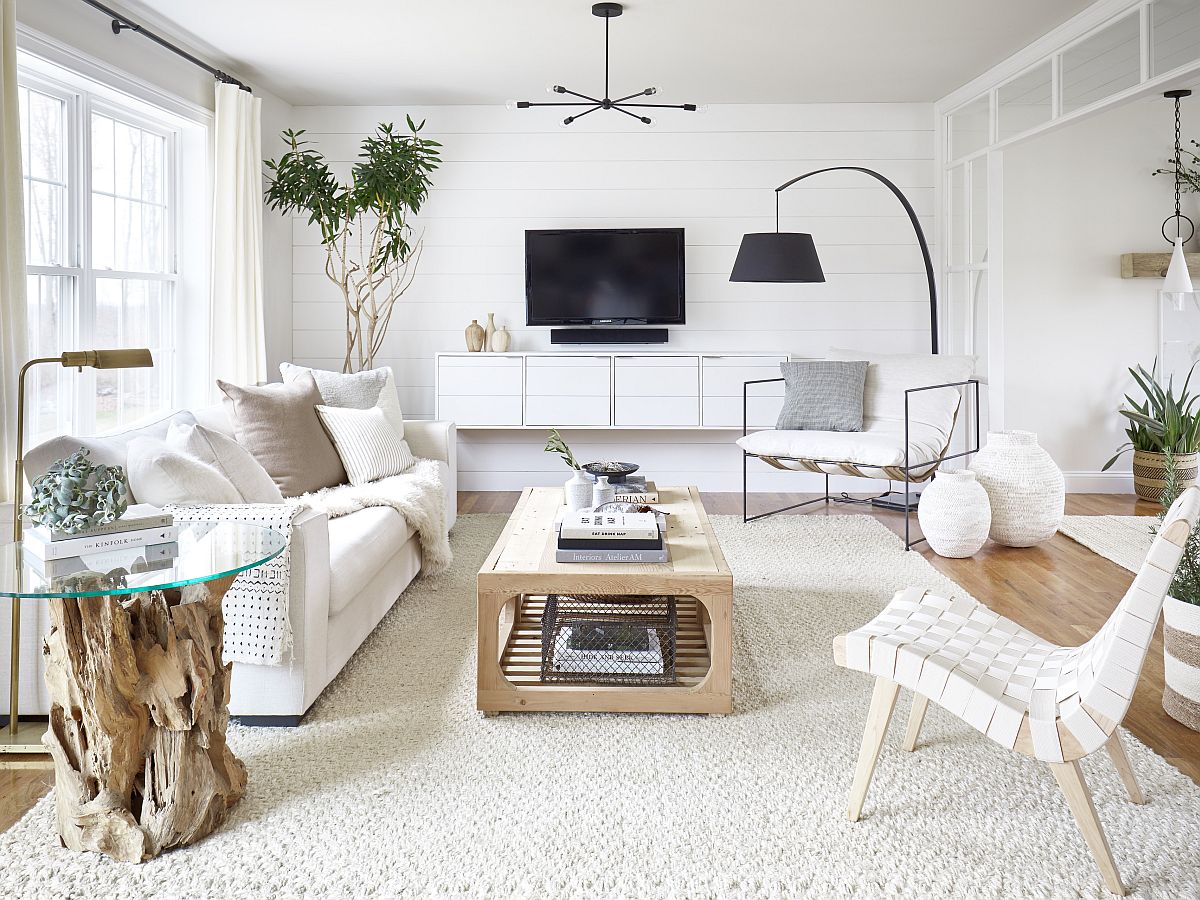
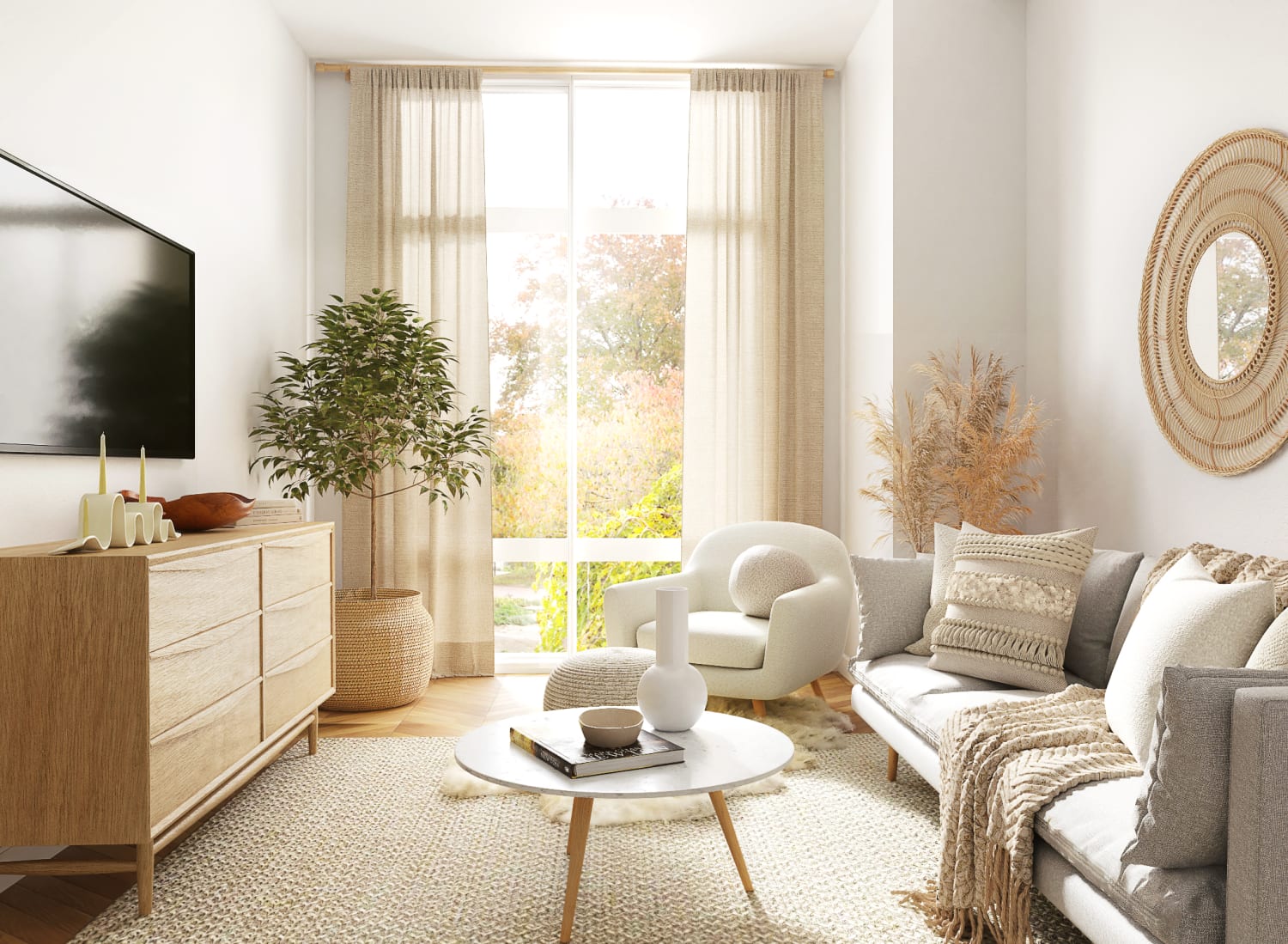

:max_bytes(150000):strip_icc()/2225401_septe_051-2000-c3eee82f89614abdae89d003f932c67a.jpg)


